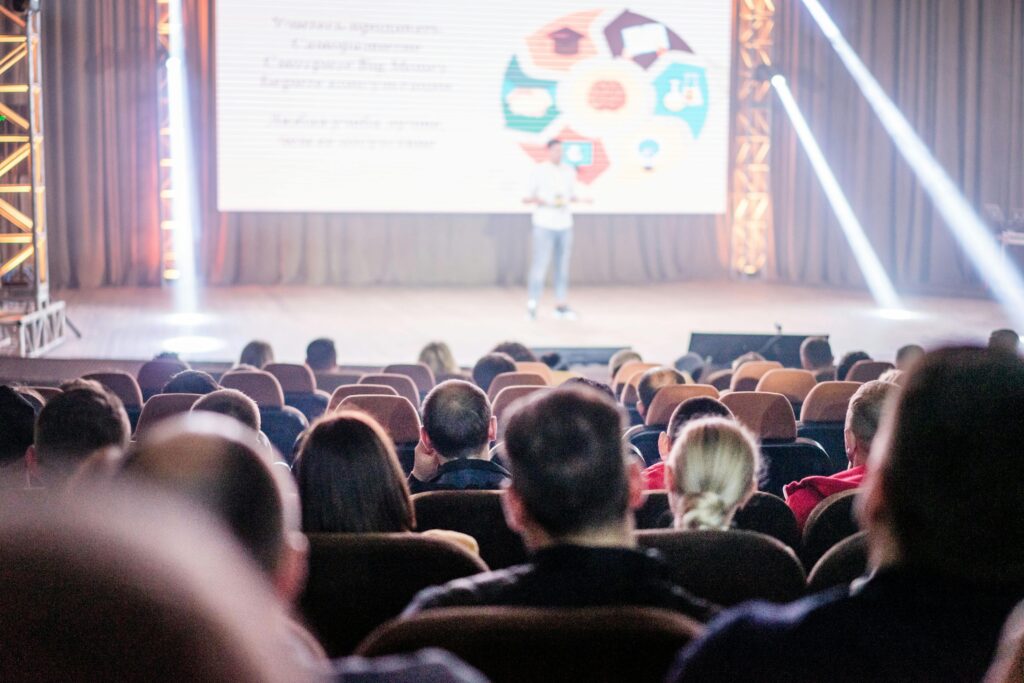The new circumstances impose a redesign of office spaces, where employees is necessary to return.
Two issues have concerned us since the start of the pandemic: health and the economy. We’ve watched with bated breath how they balance with each other, and how their interactions and counter-trends have trapped governments into choices that require sacrifices and bring about great costs. All of this, however, concerns only one factor: people. The health of the population is what needs to be protected, whilst also preserving the health of the economic environment, which, in turn, ensures a good quality of life. But is the COVID-19 virus the only threat to human health? Is the economic crisis that will follow the only thing that endangers quality of life?
The sudden and instantaneous change to the conditions of our day-to-day, as well as the violent and frightening feeling of an invisible, deadly danger, threaten everyone’s health and quality of life to an equal extent. Additionally, the social distancing that’s imposed has further magnified these threats and their real consequences. Fear, insecurity, ineptness in the face of the unknown and social isolation may leave even deeper wounds.
The evolution of humanity has taken place thanks to its self-organization in communities, individual ensembles, and other such structures. Challenges, big or small, collective or individual, were met through cooperation, support and compassion. Real contact is essential. True relationships are the counterweight to the wear and tear of daily struggles, the incubators of strengths and ideas. The distance and lack of reliability of digital communication requires the restoration of in-person socializing. Both now and in the future, the return to normalcy for our personal and professional lives is crucial.
It’s no coincidence that, for decades now, successful businesses and organizations have been investing in their work environments and the management of their human resources. Buildings, facilities and functions have been designed so as to increase productivity, creativity, an alignment with company values and culture, while enhancing the quality of daily life of employees. The development and reinforcement of the productive teams within these organizations constitutes a priority, and is achieved systematically and through proper structuring. Nearly all educational projects and events are designed not only to convey knowledge and information but to increase interaction and reinforce the cohesive web of executives and other stakeholders. Additionally, all organizations receive provisions for benefits aimed at improving the quality of life of employees; in larger institutions this takes place in a highly structured manner, whereas for smaller businesses it’s less formal and more customized.
There’s a self-explanatory difference between this organization and the home environment. Also, the invasion of work into personal space and time dangerously disrupts much-needed balances. This turn in events — the abolition of boundaries and clear structures and systems — along with the general insecurity and anxiety caused by the unknown and disorganization of everything that has been concrete up to this day, are capable of causing deeply rooted trauma to people and social structures.
As necessary as it may be to address the imminent health issue of the COVID-19 pandemic, it’s just as important that we face the economic issues created by the lockdown and their subsequent middle-and-long-term consequences, as well as the health and communal risks that will arise if these changes don’t take place in a structured way. The need to adapt to these new conditions is indisputable, but the above effects on people and organizations can’t be ignored. It’s crucial that compensatory countermeasures be added so as to protect these endangered balances. These new conditions require a redesign of the workplace, where it is necessary to return. Its configuration may change, as could its ratio of space to employees, with means of online communication remaining the same or even significantly enhanced.
The number and size of meetings could be altered, but human contact in an environment that’s safe, organized and work-appropriate is irreplaceable. Until adaptations to infrastructures and functions are finalized, and for as long as circumstances impose social distancing (and in many cases, working remotely), activities that will balance out the isolation and retain a continuity in the fabric of organisations are needed. Specially designed company events, educational programs including interactivity and physical presence, team building programs and more can be employed as counteractive measures, to protect employees and businesses. In this transitional stage, it’s necessary to reinforce such actions, which will safeguard the health of humanity and the economy.




